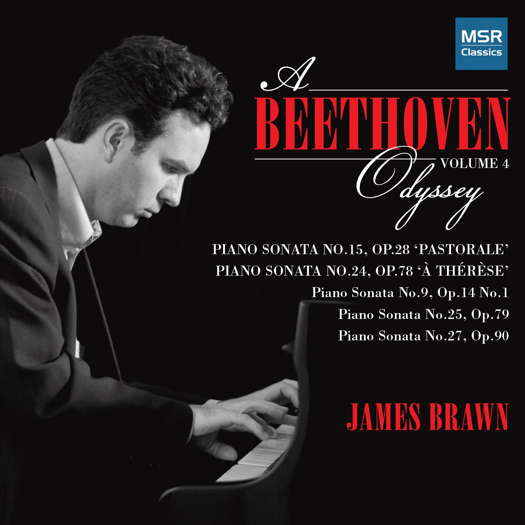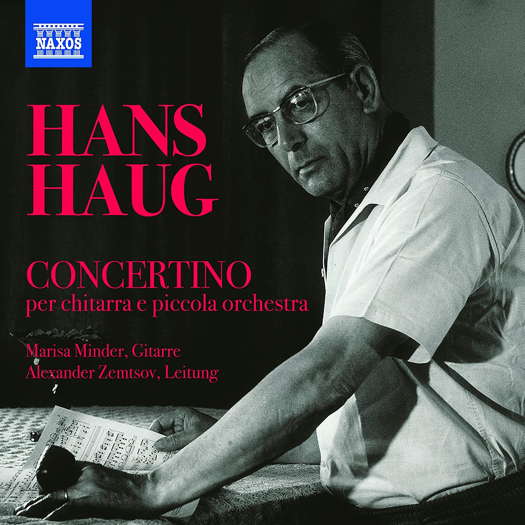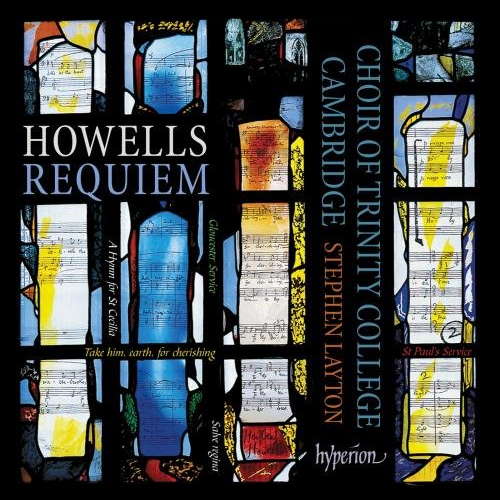 SPONSORED: CD Spotlight. Pure Magic - James Brawn's continued Beethoven Odyssey, awaited by Andrew Schartmann.
SPONSORED: CD Spotlight. Pure Magic - James Brawn's continued Beethoven Odyssey, awaited by Andrew Schartmann.
All sponsored features >>

A Swiss Household Name
Music for guitar by Hans Haug and Mario Castelnuovo-Tedesco, heard by GERALD FENECH
'... the enchanting playing of Marisa Minder is memorable throughout.'
Hans Haug (1900-1967) is a household name in his native Switzerland, particularly for his many musical achievements. Yet today, Haug remains a peripheral figure on the European scene, a reality that does not do justice to his lifetime's work. Born in Basel on 27 July 1900, the composer studied piano and cello at the Basel Conservatory, and later he completed his studies in Berlin with none other than Ferruccio Busoni and in Munich with Walter Courvoisier and Josef Pembaur. From 1924 he worked as a conductor in Solothurn and, four years later, the Basel Theatre appointed him as its Director, where the premieres of his operas and operettas took place. In 1935 Haug became head of the famous Orchestre de la Suisse Romande and later he took charge of the Radio Orchestra in Zurich. In 1942 he finally settled in the French part of Switzerland, where he headed the Choeur de Lausanne. He was an avid traveller, visiting Italy, France and Germany in the process. Haug died in Lausanne on 15 September 1967, leaving behind a wealth of compositions that have yet to be discovered.
The 1950 Concertino per chitarra e piccola orchestra was awarded a prize in a competition held by the Accademia Chigiana in Siena. Haug was promised that the premiere would be in the hands of Andres Segovia, but this did not materialise, and the work was only printed in 1970, three years after the composer's death. The Concertino is a highly innovative piece in the fact that, despite the small orchestra, the latter's sound could still drown the guitar's voice. Haug chose constellations of instruments to form two ensembles that accompany each other; the bowed strings with their sustained sounds and the guitar with its percussive punctuations. The plucked instrument every now and then plays in duo with the wind instruments, but even more determining are the layers of opposing rhythms and metres or the antagonism of scales, chords and short empty phrases within the ensemble itself.
Listen — Hans Haug: Andante (Concertino for Guitar and Small Orchestra)
(track 2, 3:08-4:05) © 2019 and 2020 Naxos (Deutschland) GmbH :
The very concise Wind Quintet has similar distinctive features, but the layers of voices are even more balanced than in the Concertino. The abstract contains remarkable combinations of different melodies and the dualism of the tempos is particularly challenging in terms of processing and performance.
Listen — Hans Haug: Bläserquintett
(track 3, 0:01-0:54) © 2019 and 2020 Naxos (Deutschland) GmbH :
Mario Castelnuovo-Tedesco (1895-1968) first met the legendary Segovia in 1932, and this encounter inspired the Jewish composer to write numerous pieces of guitar music for him. In 1938 Castelnuovo-Tedesco was forced to emigrate to America, and it was in his adopted country that he wrote more than two hundred pieces of film music. Nonetheless, the works written for Segovia remain the ones more often remembered and performed. A prime example of this is the 1950 Guitar Quintet, Op 143, a work full of invention and ingenuity. Indeed, the art and skill of the composer are distinguished by how the bowed strings and the guitar are on an equal footing, both assuming particular traits of the other instrument type without renouncing themselves or dominating each other.
Listen — Mario Castelnuovo-Tedesco: Allegro, vivo e schietto (Guitar Quintet)
(track 4, 5:16-6:05) © 2019 and 2020 Naxos (Deutschland) GmbH :
Unfamiliar guitar repertoire, true, but this programme has many rewarding moments and the enchanting playing of Marisa Minder is memorable throughout. This is great stuff for all guitar enthusiasts, especially at this price.
Copyright © 11 September 2020
Gerald Fenech,
Gzira, Malta

CD INFORMATION - HANS HAUG: CONCERTINO



